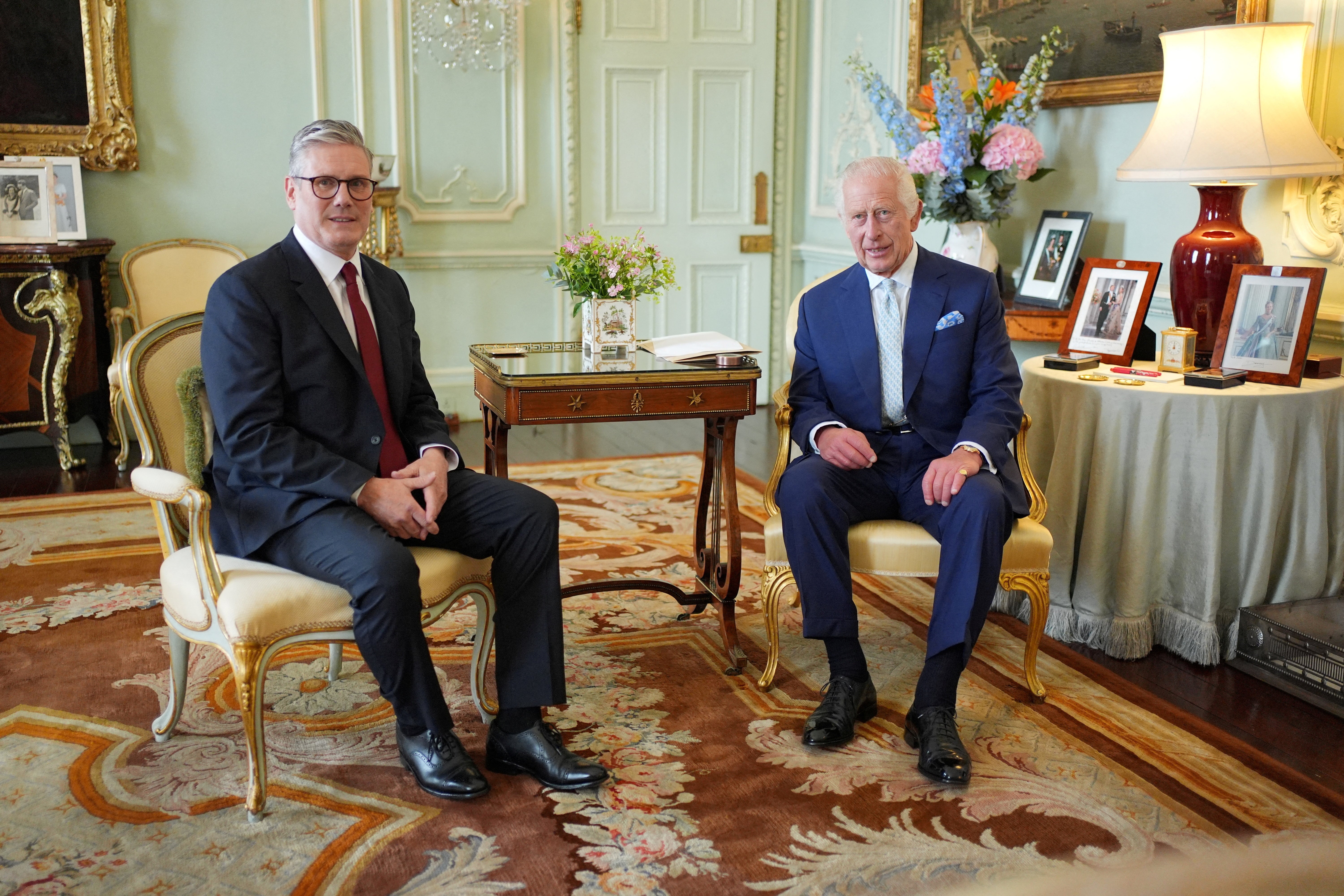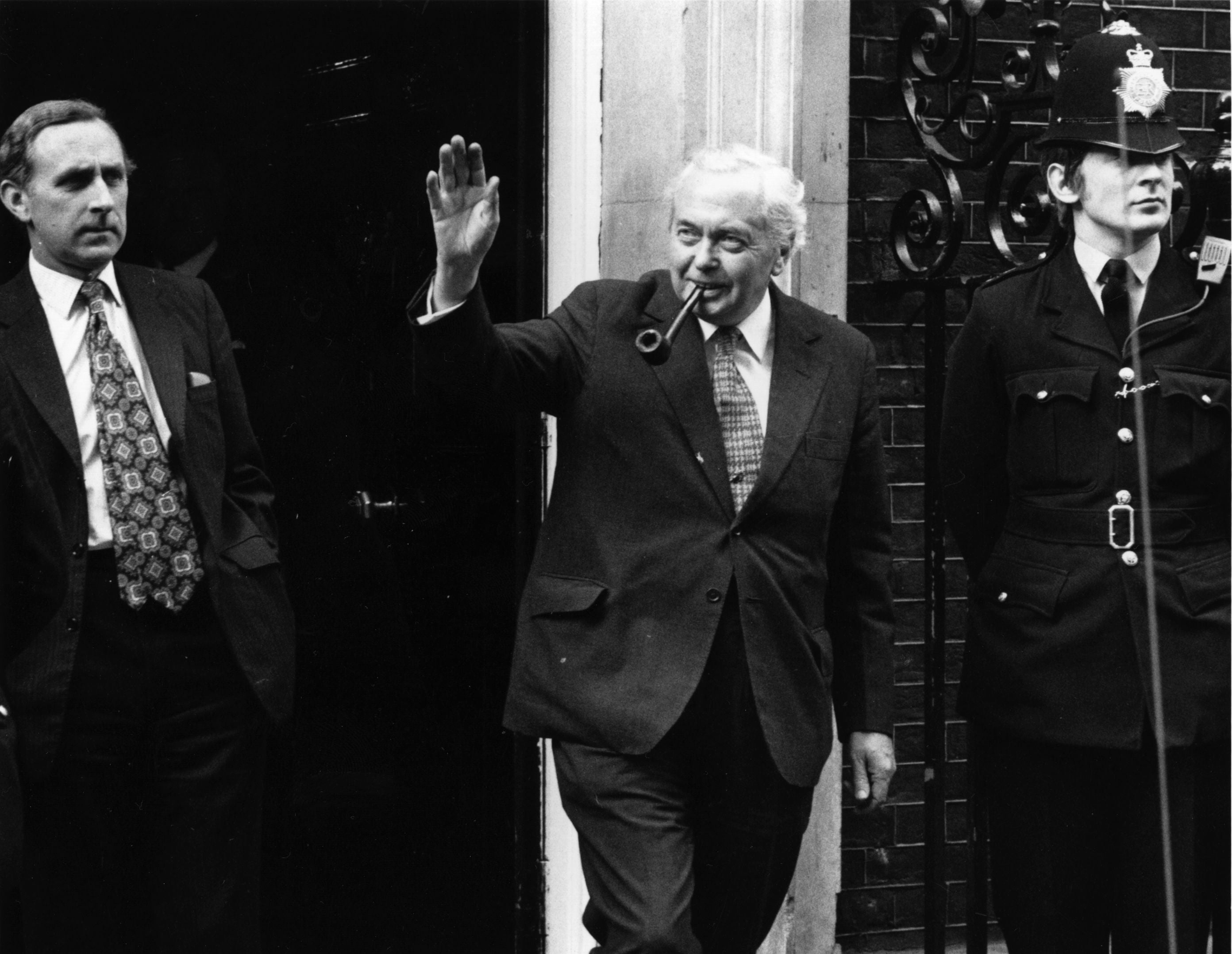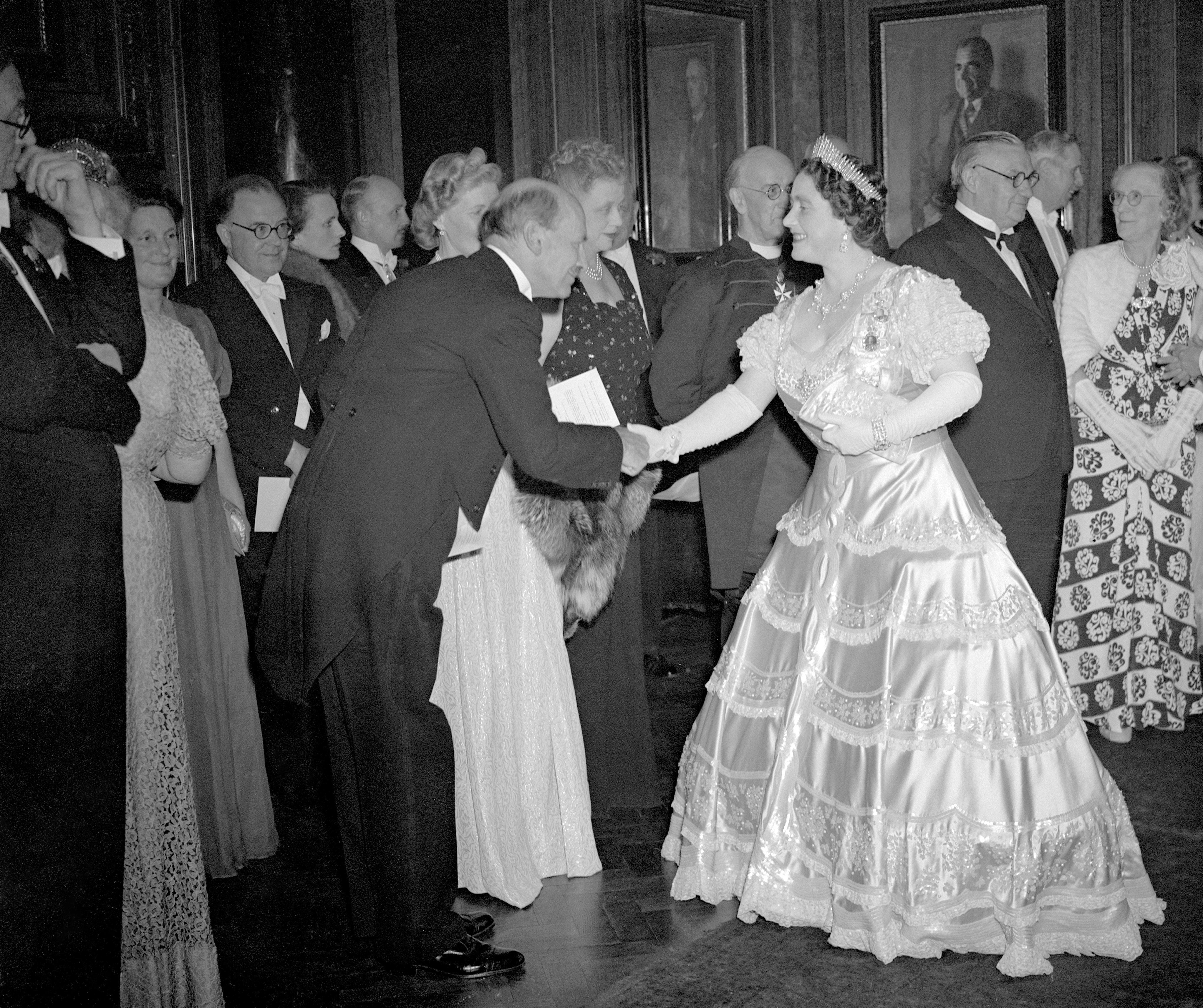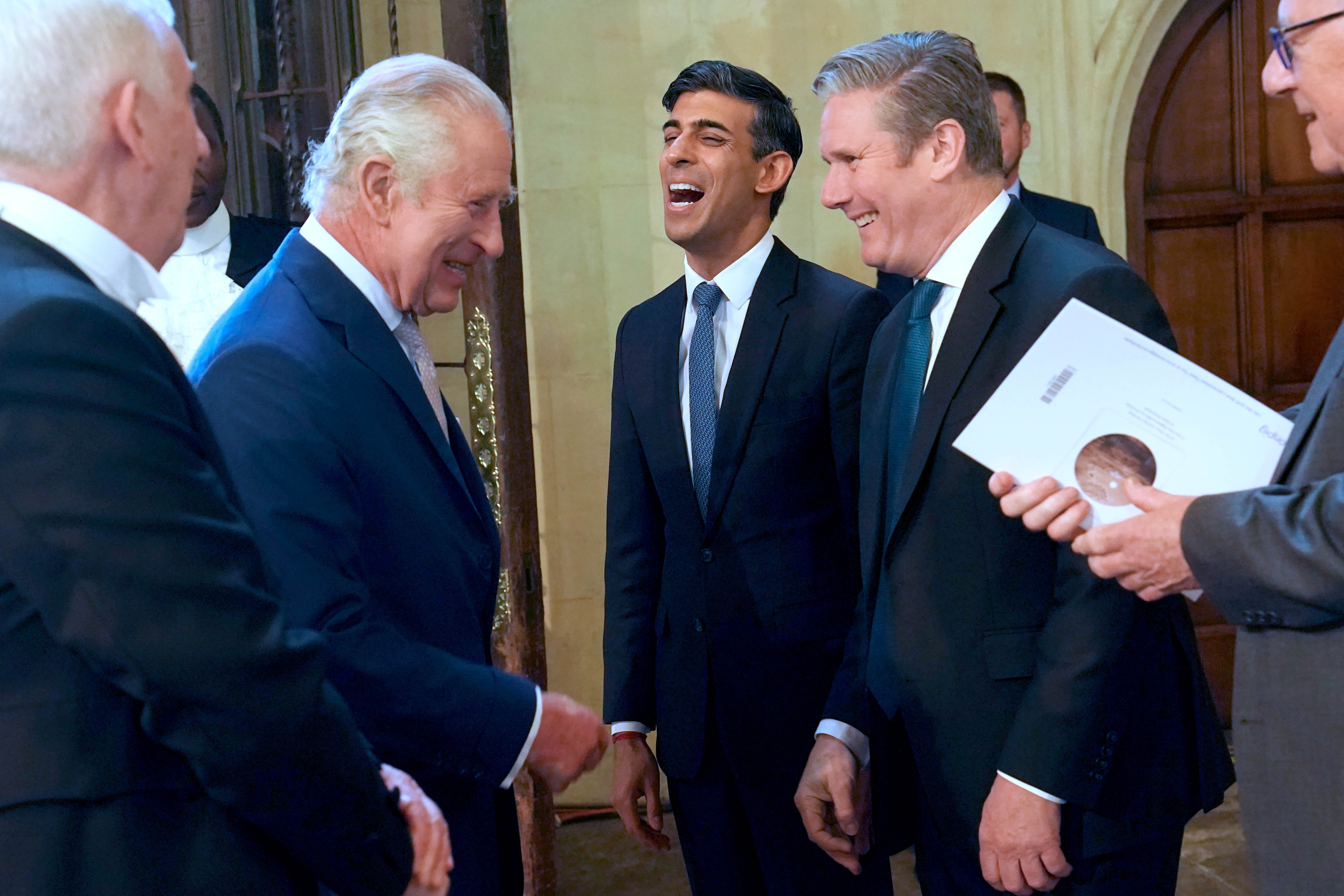What do the royals really think of Labour prime ministers?
Harold Wilson was loved, Blair and Brown were both snubbed... Harry Mount looks at the complicated working relationship between British monarchs and their Labour leaders – which can be sometimes warmer than you might think

When Charles III invites Keir Starmer to Buckingham Palace, he will be the fourth monarch to preside over a Labour government. George V was the first when, a century ago, on 22 January 1924, he asked Ramsay MacDonald to form the first Labour government.
The king went out of his way to give a warm welcome to MacDonald. Turning to him, George V said: “Well, what are you socialists going to do about me?” MacDonald laughed and said: “Nothing but try to serve Your Majesty and the country’s best interest.”
Since then, George VI and Elizabeth II maintained good relations – and stable governments – with five Labour prime ministers: Clement Attlee, Harold Wilson, James Callaghan, Tony Blair, and Gordon Brown.
The lazy assumption is that unfeasibly rich land-owning monarchs don’t get along with redistributive Labour administrations and that Labour prime ministers hate unelected monarchs.
In fact, there’s a mutual understanding that it’s in both their interests to be cordial to each other – and in some cases, relationships between monarchs and Labour leaders have been even better than those with Conservative leaders.
After meeting Ramsay MacDonald, George V wrote in his diary: “I had an hour’s talk with MacDonald. He impressed me very much. He wishes to do the right thing... Today, 23 years ago, dear Grandma [Queen Victoria] died. I wonder what she would have thought of a Labour government?”
Queen Victoria may not have been so fair to a Labour prime minister, but she never had to deal with one. Keir Hardie – after whom Starmer is named – became the first Labour leader in 1906, five years after Victoria died.
Ramsay MacDonald was, in turn, extremely concerned that he should be respectful to George V and that he should dress accordingly. The press became obsessed with whether MacDonald’s cabinet would wear the correct court dress to see George V – a gold-embroidered coat with white knee breeches and silk stockings.
MacDonald went as far as having dinner with Louis Greig, a courtier, to discuss the matter. Greig wrote: “I had a long talk with [MacDonald] alone on the Court & Court customs… What seemed to get him and his followers were the long dresses of the peeresses! He agreed that, as a historian, the pageantry was picturesque but, to some of his less educated followers, the ancient uniforms were a bit out of date and aroused more laughter than respect.”

The king himself pronounced on the issue: “Whatever decision the cabinet ministers come to, I will agree to, but they must all do the same. It would look very off at a levée if some came in uniform, some in evening clothes.” George V set the pattern for all polite dealings with Labour prime ministers by subsequent monarchs.
Vernon Bogdanor, the constitutional historian, writes: “George V won plaudits in the Labour Party by treating the Labour government in exactly the same way as the Conservatives and, when asked how he was getting on, he replied, ‘Very well! My grandmother would have hated it; my father would have tolerated it. But I move with the times.’”
Clement Attlee, the next Labour prime minister (1945-51), was also aware of the mutually beneficial relationship between Labour and George V – and George VI, the king whom Attlee served. When George V died in 1936, Attlee said the King had “shared in the work of reconstruction,” adding: “He was a real social reformer who had recognised the claims of social justice.”
Elizabeth II would absorb the lessons from her grandfather or “Grandpa England”, as she called him. It is testament to her exceptional discretion that we can never know for sure what she thought of her Labour prime ministers. But we can read the signs.
Harold Wilson, we know, was a frequent visitor to Balmoral and was often asked to join the wider family on picnics, helping to clear up after one of the Duke of Edinburgh’s famous summer barbeques.

Vernon Bogdanor writes: “Harold Wilson became the Queen’s first Labour prime minister in 1964. Though they came from differing social backgrounds, a warm relationship developed.”
Wilson talked reverentially of the homework he had to do ahead of royal audiences – which could exceed two hours – for fear of being caught out. He said: “I have great respect for tradition. I like the real ceremonies of the monarchy.” The Queen returned the affection she received from Labour prime ministers and would tease them in a way that few people could.
In 1977, on the Queen’s silver jubilee, the Labour prime minister James Callaghan and his cabinet gave her a silver pot. The Queen wittily responded, referring to Benjamin Disraeli, a favourite prime minister of Queen Victoria’s: “Oh! I’m so glad you haven’t repeated Mr Disraeli’s gift to Queen Victoria. He gave her a painting of himself.”
Some even say the relationship between Callaghan, an ex-lieutenant in the Royal Navy, was positively flirtatious, with reports of Her Majesty once pinning a flower to his buttonhole while walking through the grounds of Buckingham Palace. “One of the great things about her is that she always seems able to see the funny side of life,” Callaghan was once quoted as saying: “All the conversations were very enjoyable.”

This warmth, however, was rumoured to be absent in her dealings with Tony Blair. Tension was said to have developed between Her Majesty and the prime minister after the death of Princess Diana when Blair famously coined the term “People’s Princess” and urged the Queen to make a public statement. The fact that Cherie Blair reportedly refused to curtsey and that Blair described country weekends at Balmoral as “a vivid combination of the intriguing, the surreal, and the utterly freaky”, which he faced with “a bit of horror”, probably didn’t help.
The cool relationship reportedly didn’t improve with the next Labour prime minister, Gordon Brown. Despite her love of Scotland, Her Majesty was said to never quite gel with the dour leader from Renfrewshire.
While none of these rumours have ever been substantiated, Blair and Brown were still the only two ex-prime ministers not invited to the wedding of Prince William and Kate Middleton in 2011. At the time, it was dubbed a “straightforward, calculated snub”, out of step with constitutional convention.
Starmer worked out early on in his leadership campaign that if he wanted to secure the middle ground, he would have to display his support for Elizabeth II and Charles III. Starmer’s election literature was full of union flags, and he has been careful to refer to these two monarchs respectfully as Her Majesty and His Majesty.

Polls have consistently shown high approval ratings of the monarchy for 70 years, and only a misguided Labour leader would jeopardise their own chances by not supporting the monarchy. Jeremy Corbyn failed to realise how strong working-class support for the monarchy is, particularly in the Red Wall seats in the Midlands and the North that voted for the Conservatives in the 2019 election.
Under a constitutional monarchy, British monarchs, too, have calculated that, to stay on the throne, they must welcome all governments, and this is shown in their weekly audiences with their prime ministers. Labour leaders – like the Conservative ones – appreciate those weekly meetings, where they can hear from someone who tends to have been in power for longer than they have.
Even Charles III, after less than two years on the throne, has already seen two prime ministers disappear: Liz Truss and Rishi Sunak. His mother invited 15 prime ministers to form governments. And that’s only in the United Kingdom. Throughout the Commonwealth, she presided over 179 different prime ministers in her seven decades on the throne.
She liked to occasionally remind her prime ministers of this. In her first audience with Blair – born in 1953, the year of her coronation – the Queen said to him, “You are my tenth prime minister. The first was Winston. That was before you were born.”
That’s quite a record from quite an institution – an institution Starmer is about to get much closer to than ever before.
Harry Mount is the author of How England Made the English (Penguin)




Join our commenting forum
Join thought-provoking conversations, follow other Independent readers and see their replies
36Comments